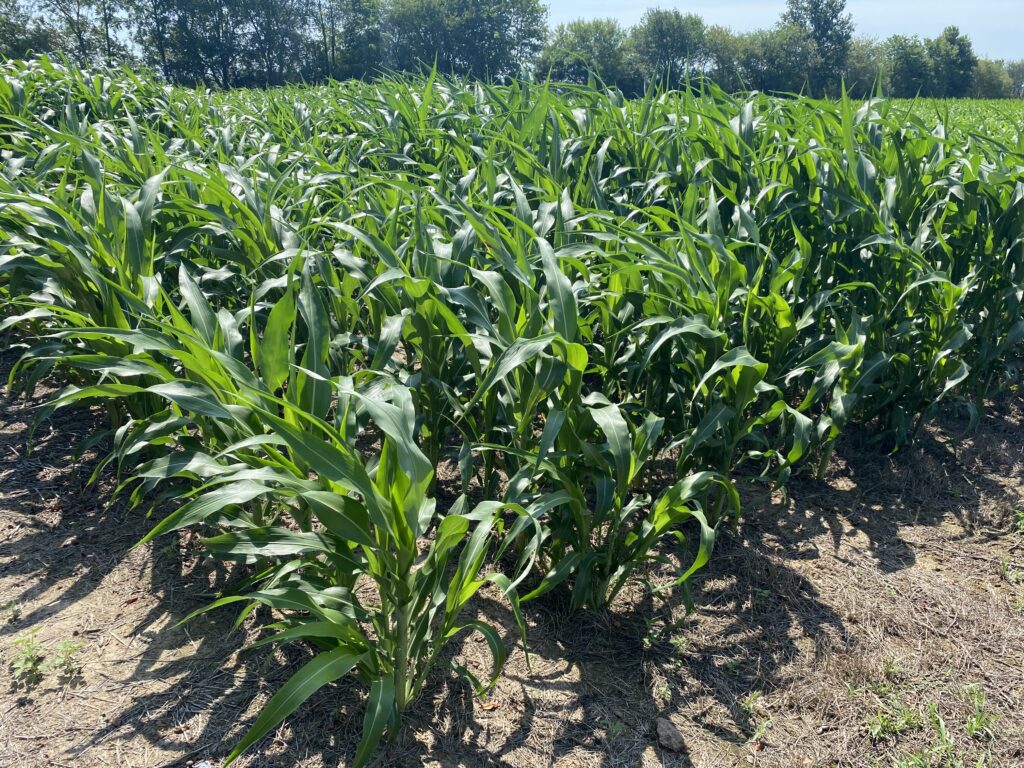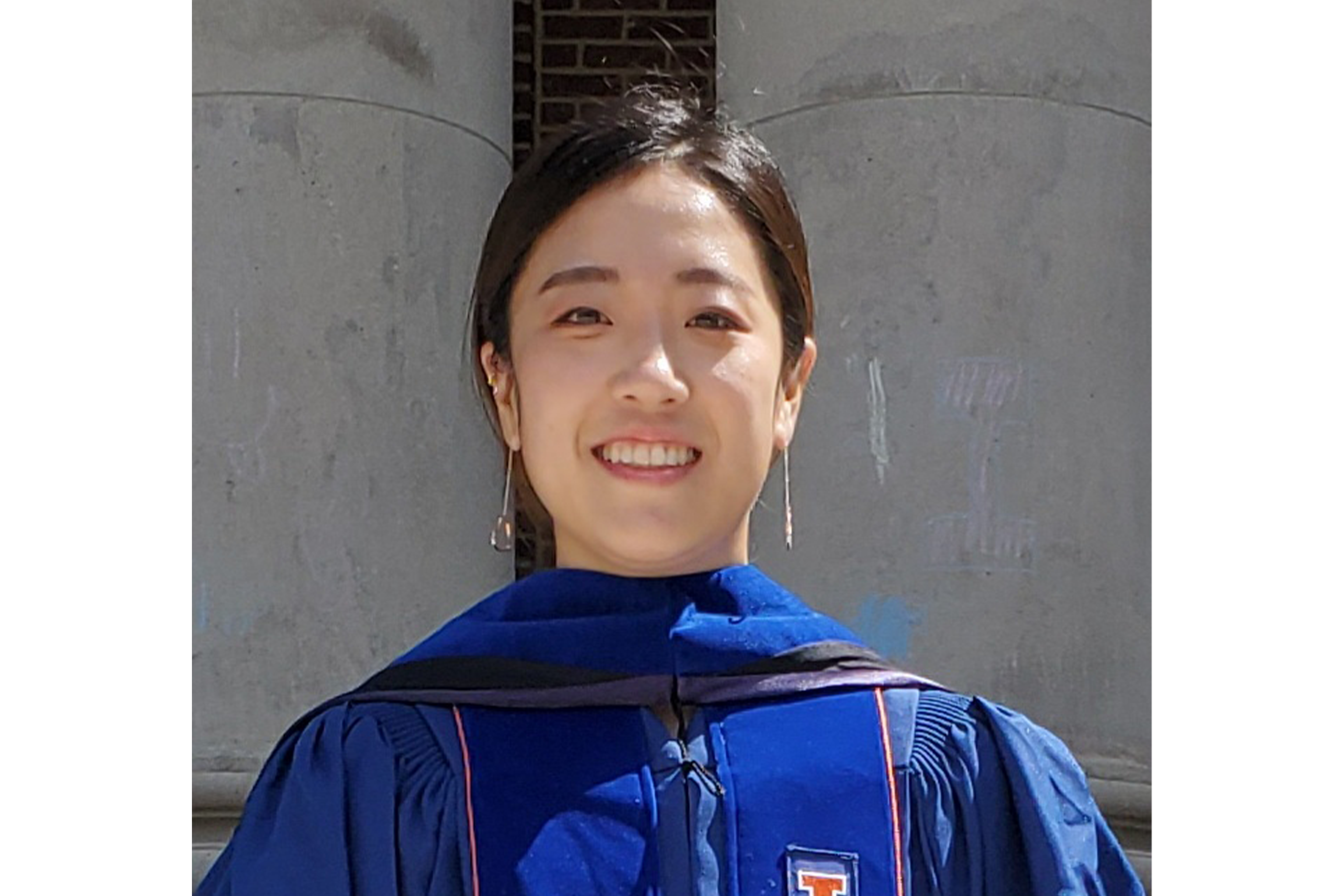CABBI stands for Center for Advanced Bioenergy and Bioproducts Innovation. The project seeks to provide for increasing energy demand by providing sustainable sources of energy. Our lab is involved in the sustainability theme of the project, and its goal is to develop ecologically and economically sustainable displacement of fossil fuels. To achieve this goal, our lab aims to develop a sustainable bioenergy crop production system and management practices that can provide ecosystem services.
Sorghum Double Cropping Project
Sorghum bicolor is a summer annual grass species used as a feedstock for ethanol production. Bioenergy sorghum is harvested for biomass instead of grain, making it flexible for harvesting dates. This opens up opportunities for winter cover/double cropping, but right now, little is known about the harvest timing that will maximize both the yield of sorghum and double/cover crops. Our aim for the project is to determine the effect of different harvesting/planting date on the performance of both the sorghum and double/cover crop. Moreover, ecosystem services of the double cropping system will be investigated by measuring soil greenhouse gas emissions of both fields with no double/cover crop and with double/cover crop planted.
Currently, 14 different bioenergy sorghum hybrids are being evaluated annually in three differnet locations – Mid IL, Southern IL, and College Station TX. Our lab is responsible for evaluation of two IL locations, and data such as phenological development, leaf tissue nutrients and feedstock chemical composition analysis is being conducted to determine feedstock quality of each hybrid, along with total biomass yield potential. In addition, drought tolerance of each hybrid is also being evaluated by measuring stomatal density and phenological development. Moreover, soil CO2 and N2O emission and porewater nitrate is being measured to determine how each hybrid affects greenhouse gas emissions and nitrate leaching.

Long-Term Miscanthus Productivity
Within the University of Illinois Energy Farm, there exists Miscanthus x giganteus stands that was established in 2008. Miscanthus is a perennial grass species that is one of the model bioenergy crops. Miscanthus is known to require low input of herbicide and fertilizers, and because of its perennial nature, was able to produce sustainable bioenergy feedstock ever since its establishment in 2008. However, miscanthus fields in the Energy Farm have shown yield decline in recent years, and one of the hypotheses suggested was that long-term depletion of nutrients is the reason behind the yield decline. Our lab is measuring nitrogen fertilization effects on the biomass yield of aged miscanthus stand to test the hypothesis that long-term yield decline is due to nutrient deficiency. We are also measure soil N2O emissions,C and N cycling enzymes and Active carbon (POXC) to evaluate C sequestration potential of Miscanthus.

CABBI Project Members

Chunhwa Jang
Research Scientist

Jungwoo Lee
Graduate Student (PhD)

Dana Landry
Field Research Specialist

Marissa Chavez
Technician

Brynn Yunzhu Chen
Graduate Student (MS)